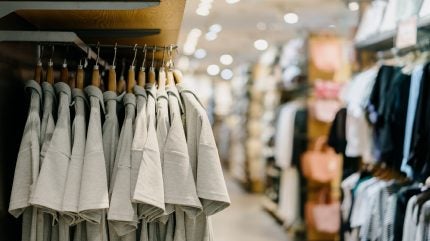
Household spending in Australia dropped by 0.1% in September 2024, according to seasonally adjusted figures from the Australian Bureau of Statistics (ABS).
The dip follows a 0.2% increase in August and no change in July.
The ABS has now included seasonally adjusted estimates for all the nine spending categories it monitors.
ABS business statistics head Robert Ewing said: “Clothing and footwear was the largest factor in the monthly fall, with spending down 1.8% in this category. This reversed the 1.8% rise in August.
“A 0.6% fall in spending on transport also drove the overall decline, as fuel prices fell and households spent less on new vehicle purchases.
“Rises in non-discretionary categories such as food and health, which rose by 0.5% and 0.6% respectively, partly offset these falls.”
Alcoholic beverages and tobacco spending dropped by 0.3% while furnishings and household equipment saw an increase of 0.4%.
On a state and territory level, most saw year-on-year rises in household spending when adjusted for the calendar.
Western Australia led with a 6.0% increase, followed by Queensland at 3.4% and the Northern Territory at 3.2%.
Victoria and the Australian Capital Territory experienced drops of 1.3% and 0.1% respectively.
The ABS also released quarterly household spending volumes adjusted for inflation.
Compared to the same quarter of 2023, these volumes have decreased by 0.4%.
The most significant annual declines were seen in alcoholic beverages and tobacco at 16.6%, and clothing and footwear at 2.7%.
Furnishings and household equipment saw an uptick of 5.7%.



